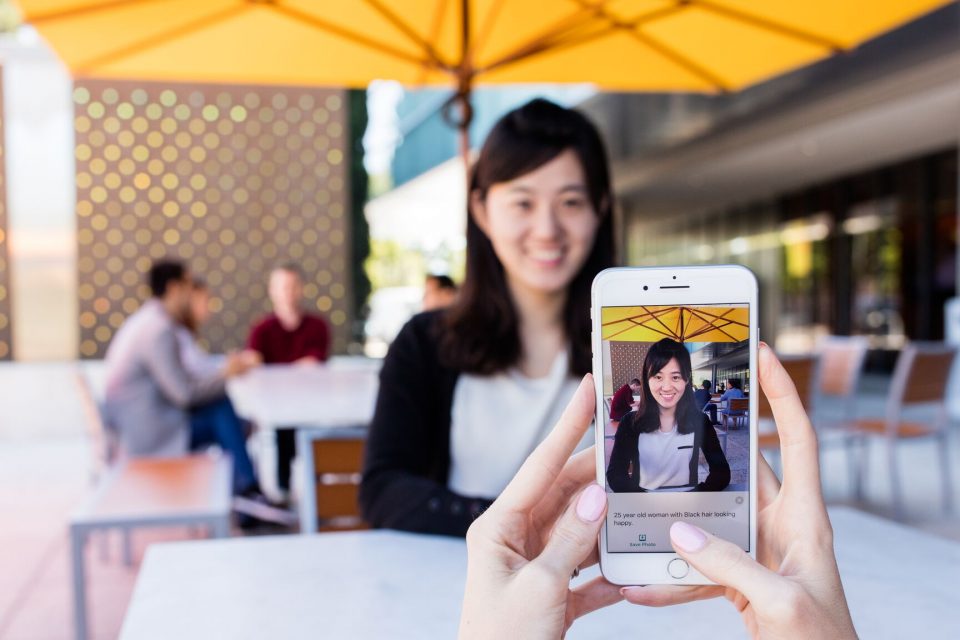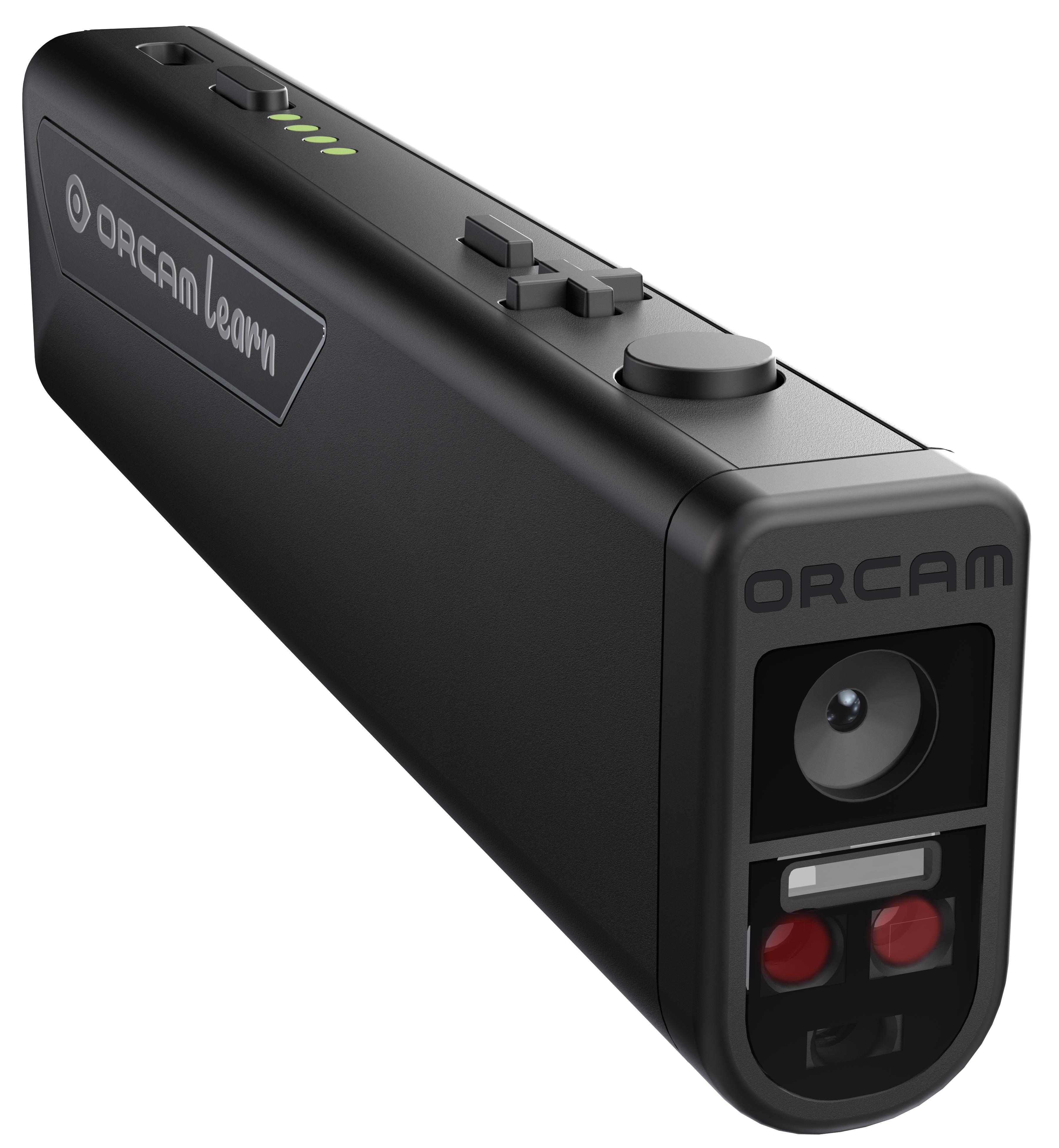Screen Readers for the Blind: Essential Solutions for Digital Access
Screen Readers for the Blind: Essential Solutions for Digital Access
Blog Article
Discover Innovative Devices Designed for the Aesthetically Impaired
The growth of cutting-edge tools for the visually damaged represents a significant innovation in accessibility and self-reliance. Technologies such as smart glasses with AI capacities and mobile applications developed to supply acoustic descriptions are reshaping day-to-day experiences for users. In addition, wearable gadgets that employ haptic feedback improve environmental understanding, while modern-day Braille technologies supply new means to involve with text. As these tools proceed to progress, their influence on the lives of those with visual disabilities raises essential concerns concerning the future of inclusivity and freedom in different elements of life. What exists ahead in this technological landscape?
Smart Glasses for Navigation

Smart glasses designed for navigation are changing the way visually impaired people connect with their atmosphere. These sophisticated gadgets make use of a combination of video camera innovation, expert system, and acoustic comments to supply real-time details regarding surroundings. By utilizing obstacle detection systems, clever glasses can inform users to potential risks, allowing more secure flexibility in both unknown and familiar settings.
The integration of GPS technology better improves navigating abilities, enabling customers to receive auditory directions as they relocate. This hands-free technique not just promotes freedom but likewise encourages visually damaged people to browse metropolitan landscapes with raised self-confidence. Additionally, several wise glasses are geared up with features that identify sites and road signs, giving contextual info that enhances the individual experience.
Furthermore, the development of these devices is continuously progressing, with firms working to boost the precision of object recognition and broaden the variety of navigational features. As clever glasses end up being extra budget friendly and easily accessible, they hold the potential to significantly change life for aesthetically damaged individuals. Eventually, these ingenious devices represent an important action towards inclusivity, offering boosted flexibility and a greater feeling of autonomy for individuals browsing the world around them.

Mobile Apps for Daily Living
How can mobile applications improve the day-to-days live of visually impaired individuals? Mobile apps are transforming the method aesthetically impaired customers navigate their settings, take care of daily tasks, and accessibility information. These applications provide crucial support via different capabilities, cultivating independence and boosting quality of life.
A number of cutting-edge mobile apps are created specifically for everyday living. Applications like Be My Eyes connect aesthetically impaired customers with sighted volunteers through video clip calls, allowing them to get real-time assistance with jobs such as reviewing labels or navigating strange rooms. Likewise, Seeing AI, created by Microsoft, uses expert system to describe surroundings, reviewed text, and determine things, properly changing a smart device into an effective device for everyday support.
In addition, navigation applications customized for the aesthetically damaged, such as Aira and BlindSquare, offer audio-based instructions and environmental info, making it possible for users to traverse their environments securely and with confidence. Past navigation and instant assistance, mobile apps additionally support company and job monitoring, with features that aid individuals set suggestions, create order of business, and track visits. In recap, mobile applications work as crucial sources, encouraging aesthetically impaired individuals to lead even more independent and fulfilling lives.
Wearable Technologies for Support
Empowerment via technology is progressively apparent in the world of wearable devices created to help visually impaired people. These innovative tools integrate effortlessly right into everyday life, enhancing navigation and providing essential feedback to customers. As an example, wise glasses furnished with video cameras can recognize faces and check out message out loud, enabling customers to engage more confidently in social and expert settings.
One more noteworthy improvement is using haptic responses systems in wearable devices. These systems utilize resonances or other tactile signals to share information regarding the user's environment, such as obstacles or adjustments in terrain, improving wheelchair and safety. Wearable modern technologies also consist of wristbands that connect to smart devices, signaling customers to notifications with refined resonances, straight from the source thus boosting connectivity without reliance on visual cues.
As these technologies remain to develop, they are not only boosting freedom for visually damaged people but additionally fostering a higher feeling of incorporation in society. By bridging the gap between obstacles dealt with in day-to-day living and the potential for autonomy, wearable innovations work as essential devices in the quest for equality and empowerment for those with visual impairments.
Sound Description Tools
Audio description tools play a critical role in enhancing accessibility for visually impaired people, providing them with the capability to involve with visual media. Mobility aids for visually impaired users. These devices offer narrated descriptions of crucial visual aspects in movies, television shows, and live efficiencies, making certain that individuals can fully comprehend the context and feelings shared through visuals
Sound summary can be integrated right into numerous platforms, including streaming solutions, movie theater testings, and live cinema. Lots of preferred streaming solutions now include audio summary as an ease of access function, permitting customers to choose it quickly. Along with conventional media, specialized applications likewise exist, supplying audio descriptions for art exhibitions, galleries, and various other social events.
The performance of audio summary depends upon the skill of the storytellers, that have to convey aesthetic details succinctly without diminishing the original audio. Technologies in this area are also leading the way for more personalized experiences, where users can change the level of information and pacing according to their choices.
Braille Innovations and Devices
Braille devices and advancements have actually dramatically transformed the way visually impaired people connect with message and information. Modern improvements have led to the development of versatile tools that enhance literacy and self-reliance among individuals.
In Full Article addition, mobile Braille notetakers incorporate typical Braille input with modern-day functionalities, promoting note-taking, organizing, and record editing on the go. Assistive technology for the blind. These compact devices commonly include text-to-speech abilities, connecting the void between Braille and acoustic information
In enhancement, cutting-edge Braille printers have actually emerged, enabling individuals to produce Braille labels, papers, and academic materials efficiently. This availability fosters better involvement in academic and expert environments, eventually promoting inclusivity.
In addition, study right into clever Braille modern technologies remains to broaden. Tools that incorporate expert system are being explored to give real-time navigation aid and contextual info, improving the individual experience in diverse setups. On the whole, these developments show a commitment to encouraging aesthetically damaged people through innovation, ensuring they can conveniently access and involve with the world around them.

Conclusion
The innovation of ingenious tools for the aesthetically damaged substantially boosts freedom and quality of life. Smart glasses, mobile applications, wearable technologies, audio description tools, and Braille developments collectively empower people by providing vital navigation aid, environmental understanding, and enhanced reading experiences. These modern technologies not just foster greater addition yet also advertise autonomy in everyday activities, ultimately adding to a more equitable and obtainable society for aesthetically damaged individuals. Proceeded advancement in this area holds pledge for more enhancements.
As smart glasses come to be extra obtainable and inexpensive, they hold the potential to considerably change everyday life for aesthetically impaired customers. Mobile applications are reinventing the method aesthetically impaired customers navigate their environments, manage day-to-day tasks, and accessibility details. Apps like Be My read more Eyes connect aesthetically impaired customers with sighted volunteers using video phone calls, allowing them to get real-time assistance with tasks such as reading tags or browsing unfamiliar rooms.Additionally, navigating apps customized for the visually impaired, such as Aira and BlindSquare, offer audio-based instructions and environmental details, making it possible for individuals to traverse their environments securely and confidently.The development of cutting-edge tools for the visually damaged considerably boosts self-reliance and high quality of life.
Report this page